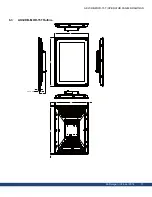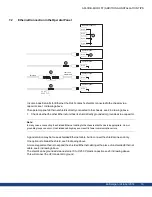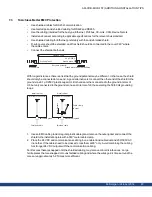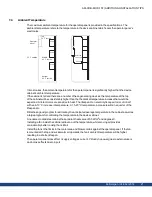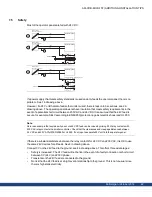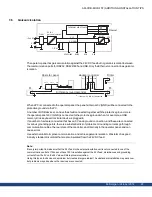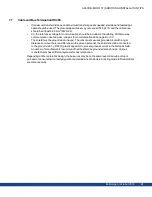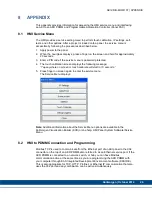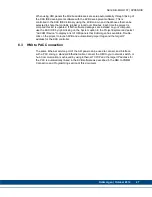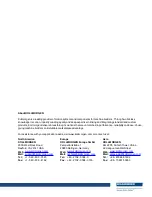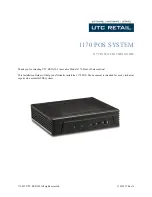
AKI-CDB-MOD-15T | ADDITIONAL INSTALLATION TIPS
7.5
Safety
Most of the operator panels are fed with 24 V DC.
4
1
2
4
3
4
Power supply
230 V AC to 24 V DC
Power supply
230 V AC to 24 V DC
Power supply
230 V AC to 24 V DC
Operator panel
Operator panel
Operator panel
Distance?
Small controller with expansion unit
+24 V
+24 V
+24 V
0 V
0 V
0 V
230 V AC
COM1
COM100
Ch0
Ch1
Ch100
Ch101
5355
If a power supply that meets safety standards is used and only feeds the operator panel, there is no
problem. See 1 in drawing above.
However, if a 24 V unit that also feeds other units is used, there is reason to be cautious, see 2 in
drawing above. The operator panel does not have insulation that meets safety requirements in the
event of a potential short circuit between 230 V AC and 24 V DC. It is assumed that the 24 V feed is
secure, for example, SELV according to EN 60950 (protection against electric shock) and UL 950.
Note:
Here is an example that explains why a secure 24 V DC feed can be ruined by mixing 24 V relay contacts with
230 V AC relay contacts in a smaller controller. Check that the clearances and creepage distances between
24 V DC and 230 V AC ful
fi
ll EN 60950 or UL 950. If not, input a separate 24 V unit into the operator panel.
If there is a substantial distance between the relay contacts for 24 V DC and 230 V AC, it is OK to use
the same 24 V devices for all feeds. See 3 in drawing above.
Connect 0 V on the 24 V feed to the ground, see 4 in drawing above. This offers three advantages:
•
Safety is increased. The 24 V feed will not be live in the event of a faulty connection or short circuit
between 0 V (24 V) and 230 V phase.
•
Transients on the 24 V feed are connected to the ground.
•
No risk that the 24 V feed is at a high level in relationship to the ground. This is not unusual since
there is high static electricity.
ky
Kollmorgen | October 2014
22










